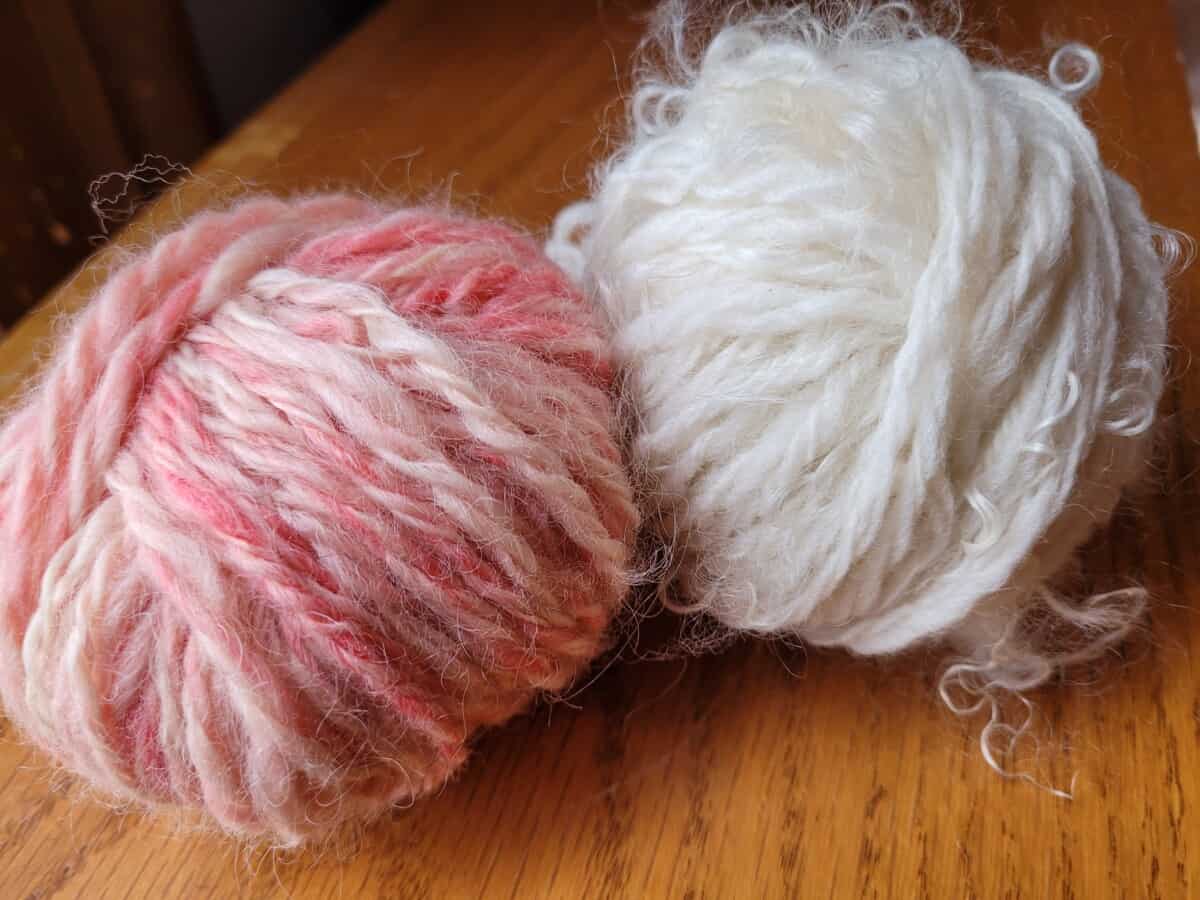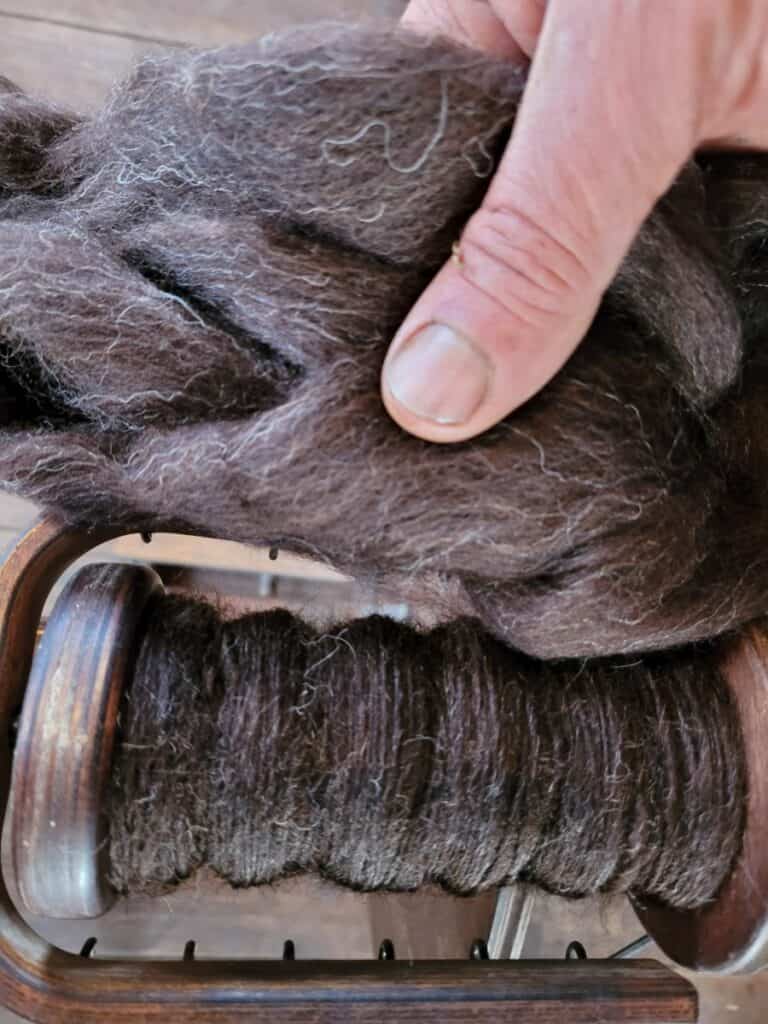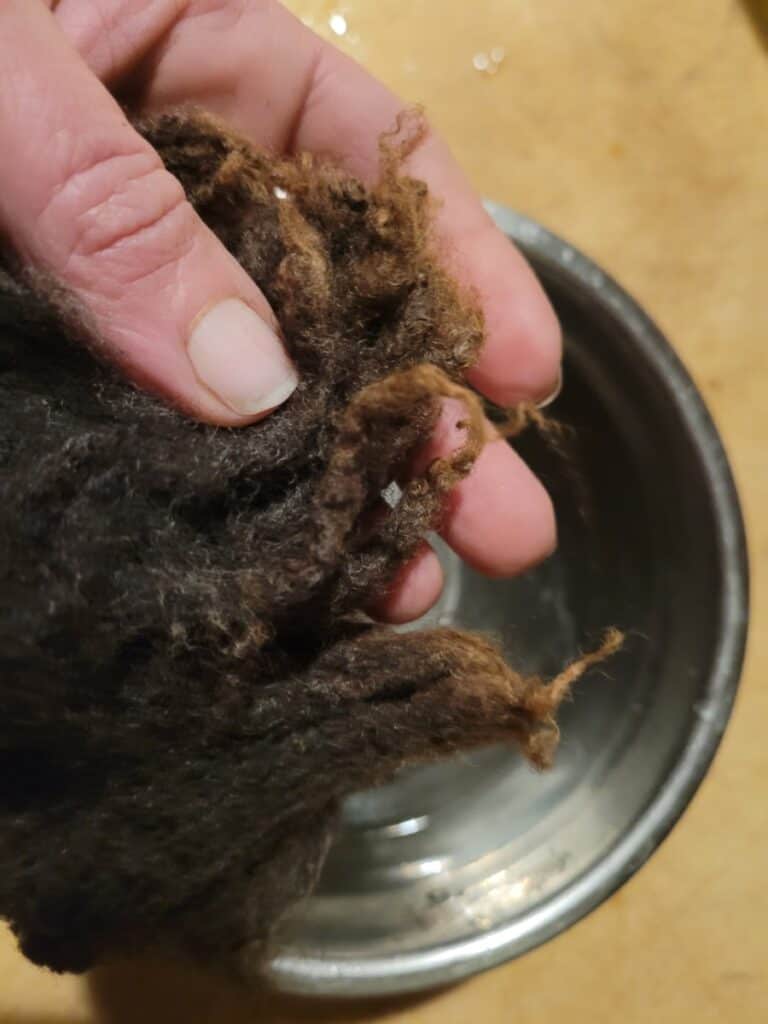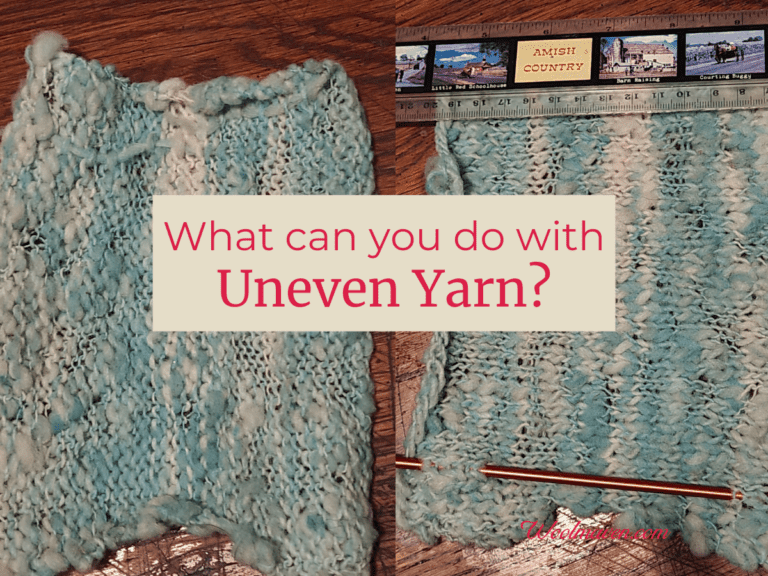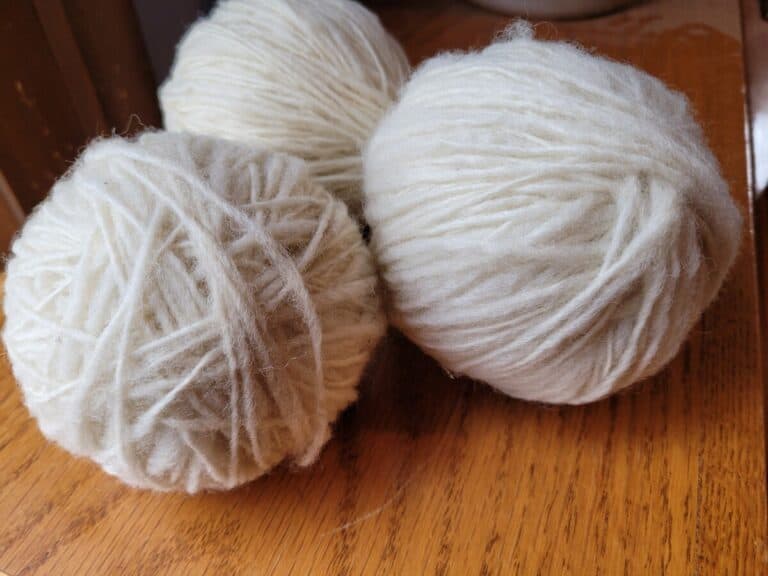What Supplies Are Needed To Start Spinning Wool?
Ready to get started spinning wool? Of course, you’ll need some basic supplies to get started, so here’s a list of the things that will serve you the best as you learn handspinning!
Looking for some help getting started spinning? Woolmaven Handspinning is a beginner level spinning course that will take you from total beginner to confident spinner! Ready to get spinning? Join Now!
Best Beginner Friendly Wools is a list of my top choices of easy to use wool for the brand new and intermediate beginner handspinner.
You need a way to spin the wool
The two main options that I know of for spinning wool are the spinning wheel and a spindle.
Both wheels and spindles are available from online shops, independent sellers and at fiber events.
If you have the option, it will be better for you to actually go to a place that has wheels and spindles for you to get your hands on and try them out.
Even if you decide to purchase from a local dealer, they will still have multiple models of both wheels and spindles for you to look at and try, and some even have rental programs, before you purchase.
If you want to see what is popular with other handspinners in your area, see if there is a local handspinner’s guild meeting that you could attend.
You’ll see all of the different wheels and maybe a few spindles and get some tips from experienced spinners who can better guide you on where to start.
To be upfront, I am very pro spinning wheel, but I can see how some folks may think a spindle is a better option, so we’ll go over both.
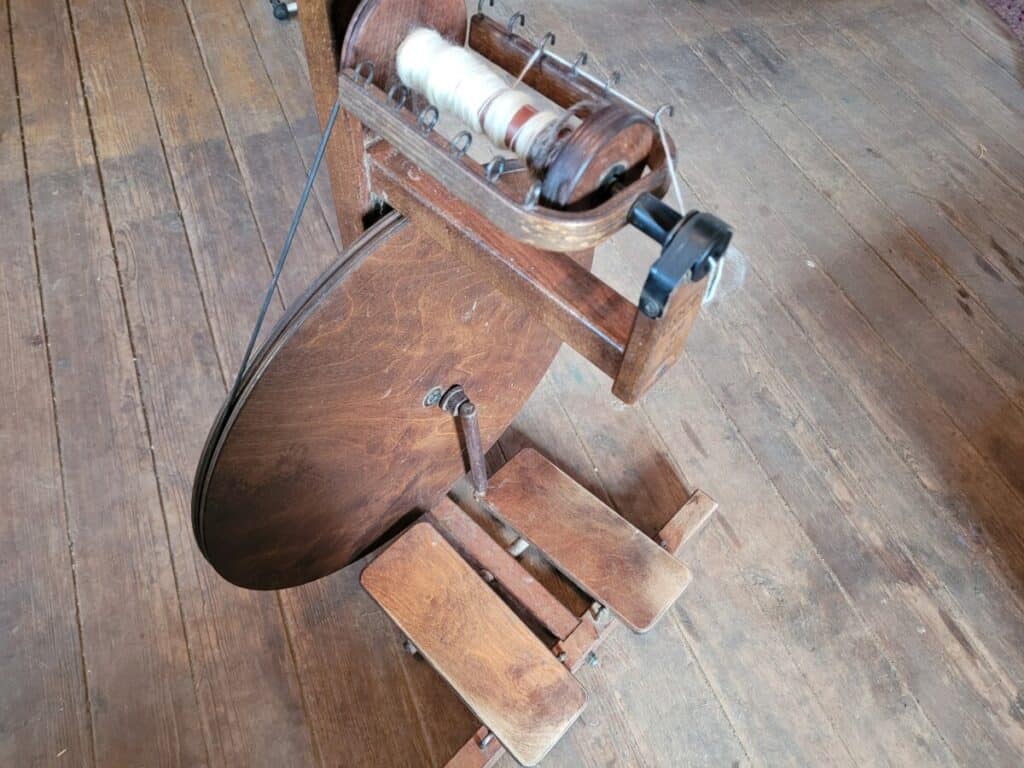
This post contains affiliate links, which means I receive commissions if you choose to purchase through links I provide (at no extra cost to you).
Spinning wheels spin yarn faster
Pros: Faster spinning, lots of wheel choices, most wheels can be used to spin a variety of yarns, wheels are made to last
Cons: More expensive to start with, beginning learning curve, some models are not easily portable
Spinning wheels spin yarn faster and can hold more spun yarn on the bobbin. Spinning wheels come in all manner of shapes and sizes and, of course, price ranges.
The Ashford Kiwi 3 is a fun wheel that is built with the beginner in mind. If you are not sure of what you are looking for in a wheel, the Kiwi 3 is a good place to start.
Spinning wheels have build in variability that gives the handspinner options of which yarn to make, for instance thick or thin, art yarns, multi ply or singles and yarns from various wools or wool blends.
If you look around online, you’ll soon see the huge variety of yarn ideas, multiple colorways, different textures all in one yarn or really unusual yarns like core spun yarns all done on similar wheels.
I have a wheel that I bought nearly 20 years ago and it is just as workable today as it was when I bought it. The only thing that has changed is that I have gotten to be a better handspinner!
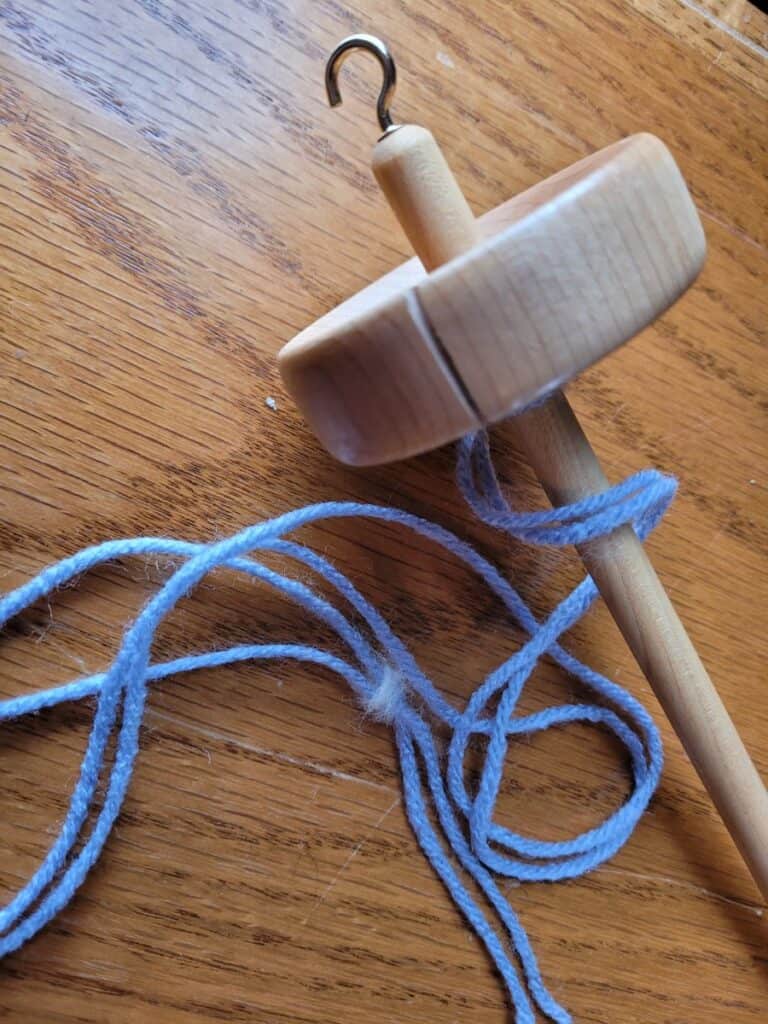
Spindle for making yarn
Pros: Inexpensive way to get started handspinning, less complicated than a wheel, portable
Cons: Takes longer to make yarn, more limited on yarns you can make
There are different types of spindles for making yarn, the most common one I see is the drop spindle, which will have a high whorl which is used for finer spinning or a low whorl for thicker spun yarns.
This is the basic drop spindle from The Woolery, it’s the one pictured above and will get you started spinning right away!
There is also a supported spindle, which is a bigger spindle that, not so surprisingly is supported, meaning it does not drop.
Spindles are becoming more popular, seemingly as a way to get started spinning your own wool with less upfront costs. I have not used a spindle, so can not speak to it’s ease of use.
Interestingly enough, some handspinning instructors use spindles as a first lesson, to teach the new spinner about twist without worrying about treadling at the same time.
You need a wool supply
You’ll also need some wool to spin! I would recommend starting with Corriedale combed top.
I have been trying out various wools to see which is likely to be the easiest for a beginner and so far Corriedale tops the list of beginner friendly wool.
Roving vs Combed Top goes over the differences between the two fiber preparations and when you would choose one over the other.
Of course, there are many other breed specific wools to choose from, so if you decide to work with another wool make sure the description specifically says that it is easy to spin for beginners.
In more general terms, the wool you can get will be raw (unwashed) or prepared (combed or carded), which will be ready to spin.
There are advantages and advocates of each.
Looking for a great resource on which fiber to pick and how best to use it? Consider getting The Fleece And Fiber Sourcebook, filled with wonderful pictures and details on just about any wool you can find.
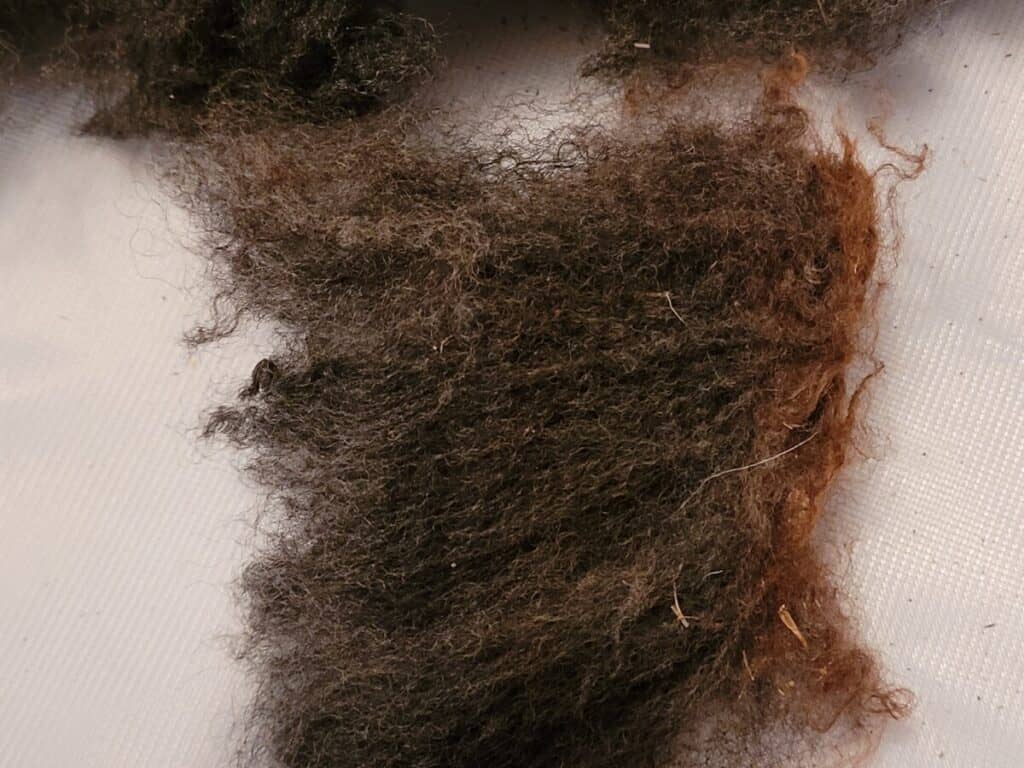
You can get raw wool to spin
Pros: More breed choices, you choose fiber preparation, can unusual breeds, easy way to get local wool or support a small farmer
Cons: Fiber prep, including washing, is all you, harder to learn with, some loss due to lanolin or short fibers
While you can get raw or unwashed wool to start out with, it is probably not your best option.
There is a lot of work involved in preparing a fleece to be spun and it takes a bit of skill to get good at it, especially carding.
Carding is so important because this is what makes the wool easy to spin, poor carding will result in more difficult to spin wool, not something to add to a beginner’s list of things to worry about!
If raw wool is what you have to work with, then watch some videos and see how other fiber lovers are preparing wool for spinning and do your best.
If you can, get some prepared fiber to learn with then move to using whole fleeces, to ease your way into your new hobby.
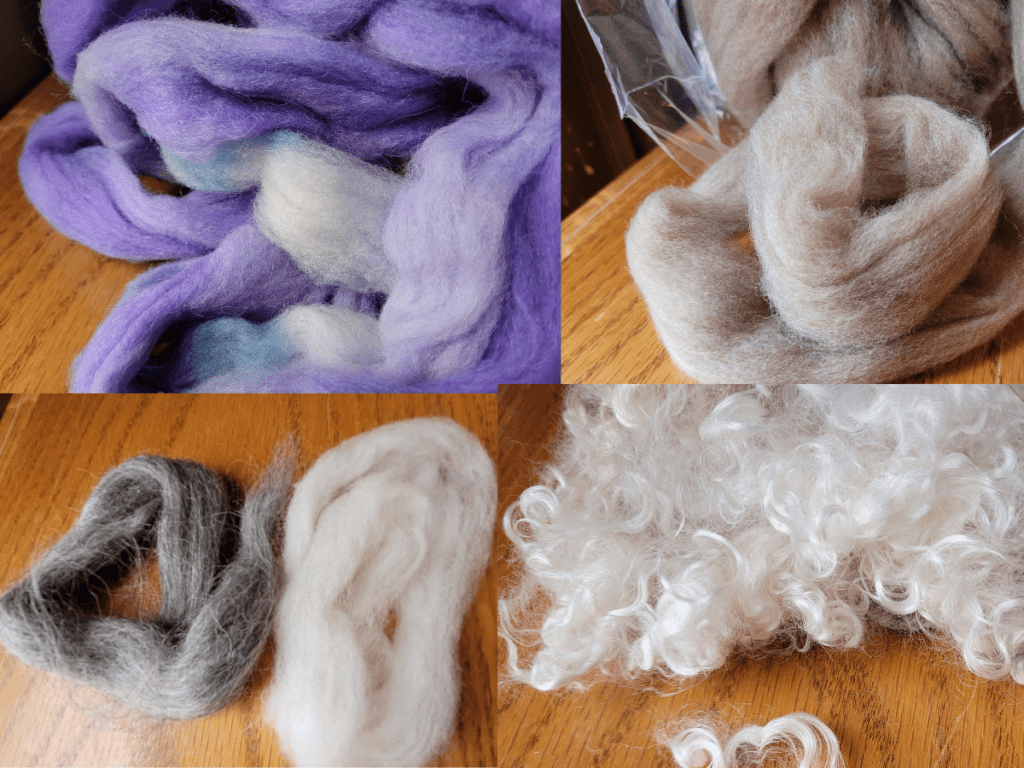
You can get prepared, ready to spin wool
Pros: Ready to spin fiber, lots of choices of wool and wool blends, easy to find
Cons: Needs to be purchased and is likely to be more expensive per ounce than raw wool
As a beginner, your best bet is to start with prepared wool, meaning wool that is ready to spin as soon as you get it.
Take my beginning spinner course at Woolmaven Handspinning! It is designed specifically to take you from total beginner to confident spinner!
I have not used too much prepared wool in the past, I usually worked with fleeces from our sheep and prepared my own fiber. I decided to branch out and try some new breeds for me wool roving and top.
Wow, what a difference that prepared fiber makes! It’s so easy to use and I have very little waste, usually when I spin home prepared wool, I end up with a storm of cast off bits all around my wheel.
With purchased fiber, all of it is usable, so if you buy 4 ounces of roving, you should be able to get just about 4 ounces of yarn. Not so when you are preparing your own wool, especially if you buy raw!
The other huge plus to buying ready to spin wool is that you may find the local wools available to you are not well suited for a beginner or are not well suited for the type of spinning you are doing.
For instance, if you raise or can easily get super fine Merino wool, which is some of the nicest wool in the world, it would still be best for you to learn on something else, that would be more beginner friendly.
It’s not the wool, it’s the match up between the wool, you and your current skill level. That super fine Merino will be golden for you later, once you get a bit more experience, for now it will be a challenge.
When you are buying your wool supply, you have a world of wools to choose from and can easily pick wool that will fit your project and your skill level. Pick easy to spin wool that is easy to find, like Corriedale.
You will need a way to hold the newly spun yarn
You will need a way to hold the newly spun yarn so that you can keep it twisted yet relatively tangle free as you loop it up, tie it off and set it in hot water.
When I first started I wound it up around my hand to my elbow, which works but not well. Now I use a niddy-noddy that my husband quickly made for me out of some wood we had laying around.
You can buy a niddy-noddy or make one, I’ve seen folks make some out of PVC as well as wood. However you choose to do it, you need a place to put the yarn as you take it off the bobbin and put it in a skein.
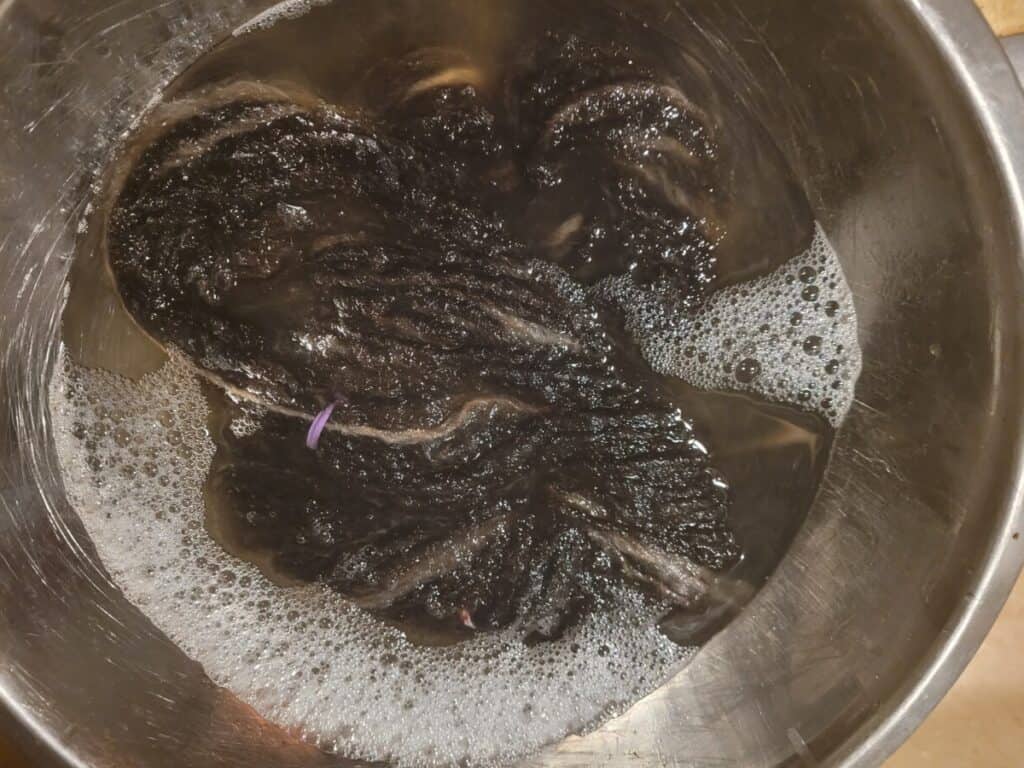
You will need a way to set yarn
You will also need a way to set the twist in the yarn you have just spun. Good news, this is super easy, you just need hot water and a bowl. Really, that’s it!
Some folks put in a bit of soap, but you don’t need to. I set yarn all of the time with just the hot water.
The only time I put a wool wash in the water is if I used raw wool to make the yarn, so I would need to both set and wash at the same time. In which case, I use a bit of Unicorn Power Scour, it’s good stuff!
I use a counter top kettle, like heating water for tea, and pour the just boiled water into the bowl, then add the skein of wool. Let it sink and sit in the water to set for 20-30 minutes.
Then pull the skein out of the water, drain it and hang it up to dry. Once dry, it is ready to use!
This is how you would set the twist if you are spinning single ply yarn.
If you plan to make a multiple ply yarn you would not set the yarn now, you would keep it on the bobbin after spinning, make your others, ply them together, then set the multi ply yarn.
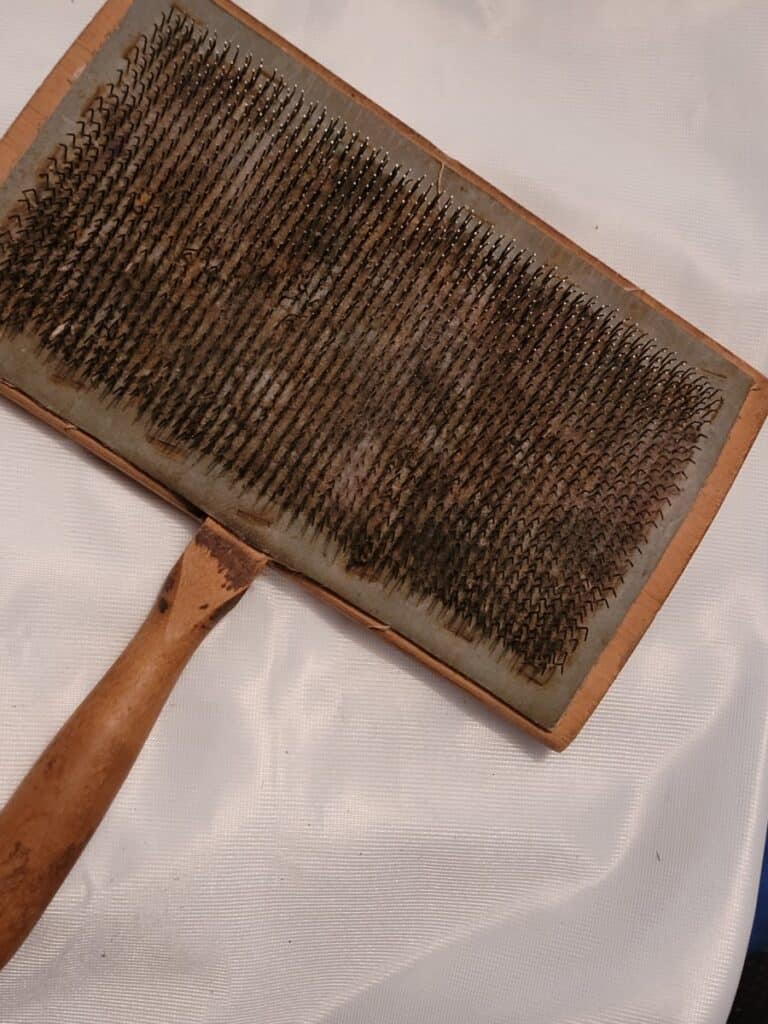
To use raw wool, you will need more tools
While you can spin wool raw, it depends on the fleece and you, most folks prefer to prep wool before spinning. This can be anything from a light once over with a flick carder to the full go wash and card it all.
If you are a handspinner who likes to work with very clean fiber, you’ll definitely need so fiber preparation tools to work with raw wool.
The hand cards that I use are Clemes & Clemes Curved Back Wool Cards. I’ve had them for almost 20 years and use them for all of my hand carding.
You will need to wash the wool, meaning you’ll need a mesh bag, multiple roomy containers and wool wash.
To prepare the fiber for spinning, you’ll need to either comb or card it, depending upon the fiber.
Generally, shorter fibers are carded and longer fibers are combed.
Which ever method you use, you are working to separate out the fibers so that they are straight and easy to draft out when you spin.
When you buy prepared fiber, like roving, all of these steps are done for you.
When you buy a raw fleece, you will still need to do at least some of the steps so that you can easily work with the fiber.
How To Get Started With Spinning is a nice overview article from The Woolery that has quite a few video tutorials, as well.
Not sure where to start? Get spinning with Woolmaven Handspinning Beginning Spinner Course!

